As kids, we all chanted along to the nursery rhyme “Ladybug, Ladybug!”. But actually spotting this ravishing red wonder lazily crawling up the grass in spring is a poetry-worthy view. Many even consider it a symbol of luck. However, did you know the ladybug (aka ladybird or ladybird beetle) has an “evil” twin?
Image credits: Michel Bosma
You need to beware of the Asian lady beetle (Harmonia axyridis), also known as the harlequin ladybug or Halloween beetle. It looks just like the native ladybug, but don’t be fooled by its appearance. It can do more harm than good. The good news is that there are ways to tell them apart.
The Asian lady beetle is native to China, Japan, Korea, and Russia. However, during the early 20th century, the USDA introduced the Asian beetle to fight the problem of aphids in certain states. Asian beetles also used freighters to enter the country, and now, they are all over the US.
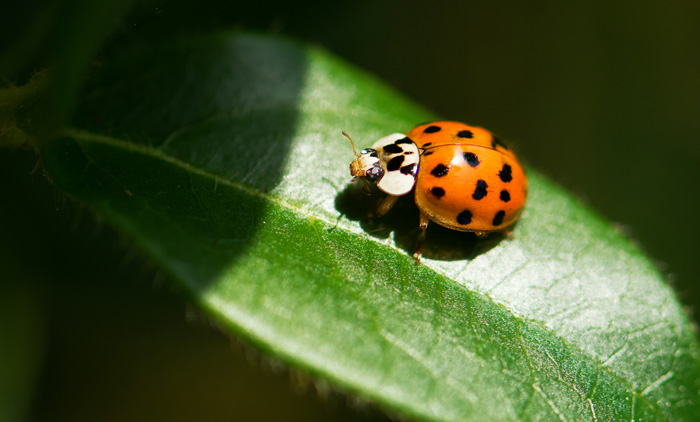
Image credits: Vincent van Zalinge
These invasive species are slowly taking over the native ladybugs, so it’s important to understand the difference between them. To help you distinguish between the two easily, we’ve prepared a helpful guide about the topic of “Asian beetles vs ladybugs” (pictures and illustrations included). So, before these beetles bug you, read on to learn how you can easily get rid of these invasive species for good.
Ladybug vs Asian Beetle: Differences and Similarities
Despite being look-alike beetles, surprisingly, they have quite a few differences. Let’s closely examine both species and learn how to distinguish them.
Life Cycle and Appearance
Asian beetles and ladybugs share a similar lifecycle with four distinct stages: egg, larva, pupa, and adult. Both lay clusters of 5 to 50 oval, yellow, and tiny eggs in shaded spots like the undersides of leaves. Typically, they prefer spots with abundant food (aphid colonies).
When their eggs hatch, larvae are very hard to distinguish. Small spines on their bodies make them look like tiny alligators. With six legs, a tapered tail end, and yellow, orange, or blue spots, these larvae feed on aphids and other soft-bodied arthropods.
The larvae develop in several stages (instars) by molting and growing larger at each stage. After the last molt, they grow immobile and enter the pupa phase. Both species are similarly either dark orange or red with black spots, even as pupae.
Several days later, the adults emerge, and you can finally tell the two apart. Ladybugs are rounder and smaller than the Asian beetle. Both have a hard exterior shell (elytra) that hides their wings. But the ladybug’s elytra is bright red, and that of the multicolored Asian lady beetle can range from yellow to orange or even bright red.
But the most distinguishing feature is the presence of a black ‘M’ on the Asian lady beetle. It can be found where the colored wings meet the white head. On the other hand, a Ladybug has two white “cheeks” on its black head.
Habitat and Behavior
Image credits: REGINE THOLEN
Both can be found in habitats like forests, crop fields, meadows, or gardens. If you find one or more (they usually swarm together) scuttling near your windows or doors, it’s definitely an Asian beetle, as ladybugs don’t overwinter inside houses.
A key difference between their behaviors is that ladybugs rarely bite, but the Asian variety often bites as they’re slightly more aggressive. Another giveaway is that if they feel threatened, Asian beetles secrete a sticky yellow liquid that gives off an extremely foul smell.
Diet
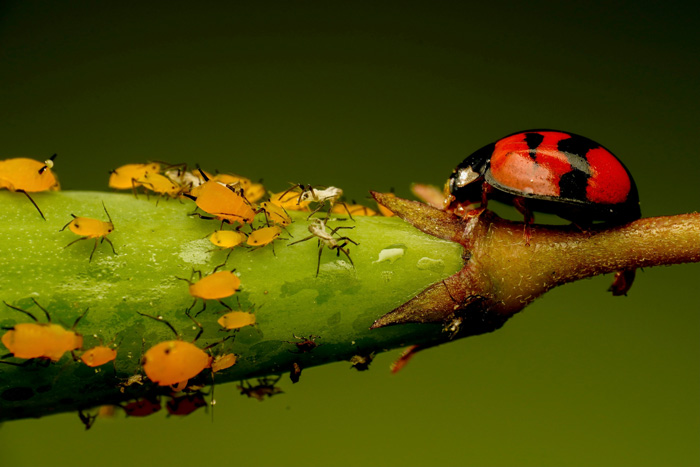
Image credits: Henry Lai
Aphids are the favorite snacks of both ladybugs and Asian beetles. They can also eat mites, scale, and mealybugs. However, if the Asian beetle runs out of food, it starts munching on ripe fruits like apples, pears, grapes, or peaches. Sadly, the Asian beetle can also attack and eat small ladybugs.
Asian Beetle vs Ladybug: Which One Is Useful for My Garden?
Image credits: Juliana Sánchez
We hope the “ladybug vs Asian beetle” images helped you clear the doubts about which beetle resides in your garden. If you have ladybugs, your plants are protected, and your house is infestation-free. But if it’s the Asian beetle, unfortunately, it’s bad news, folks.
They eliminate the aphid problem of your plants, just like ladybugs. But when Asian beetles run out of aphids, that is when the problem starts. They turn to apples or other ripe fruits for food, and when winter arrives, they invade your house.
They might crawl or fly around the rooms and congregate near windows, walls, and furniture when indoors. They might scrap your skin or “bite.” And if dead beetles aren’t cleaned, their airborne particles might complicate allergies or asthma if inhaled, according to Purdue University.
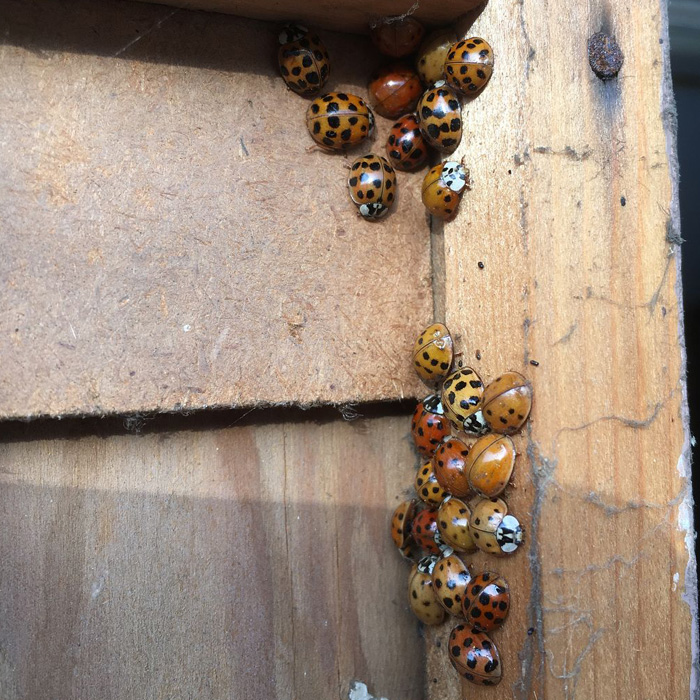
Image credits: crucifish
And problems don’t end there. Asian beetles secrete a foul liquid that, along with the terrible odor, can stain surfaces like floors, walls, or fabric.
Sometimes, your dog might eat a few Asian lady beetles while playing. Sadly, they can infest your dog’s mouth (per People Magazine). Once they latch themselves on the roof of the dog’s mouth, you have to remove them manually.
If you don’t and the dog digests many of these beetles, Dogster suggests they might upset the dog’s gastrointestinal tract. In extreme cases, they can also prove fatal. If you think your dog has digested Asian beetles, it’s better to get it checked by your local veterinarian.
What to Do If You Already Have An Asian Beetle Problem?
Image credits: jenmenke
Have the imposter pests already taken over your house or garden? Are you panicking after reading that they are more of a nuisance than a cute and innocent little ladybird? Stay calm cause you can get rid of them by yourself. Here are a few easy ways to eliminate them from your house or garden.
Apply Neem Oil
Neem oil acts as a natural insecticide. Asian lady beetles will die if they come in direct contact with this oil. You can apply neem oil on the infested plants and spots in the house.
Use Vacuum
Never squish the beetles (think about the stinky liquid they’ll secrete); vacuum them instead. This is best done during cool temperatures when they can’t fly. Make sure to empty your vacuum in a bag and seal it immediately so beetles don’t crawl out. Then, simply throw it in the trash. This is the easiest way to get rid of them.
Spray Insecticide
To kill the beetles, you can use insecticides. Spraying it directly on their indoor nest is unnecessary as they don’t reproduce inside the house. However, they might return to the same area during the next season, so spray accordingly.
Safety tip: Be cautious and follow the instructions on the insecticide label when you use it indoors—kids and pets might come in contact with it!
Try Light Traps
Insect light traps are effective in zapping the Asian beetles if they get too close to one. Try to place these traps in dark, enclosed areas like attics or basements so that the trap is the only light source. It’ll definitely help with the infestation.
Note: The places where they had swarmed or stained surfaces with yellow liquid can attract more Asian beetles. Once your house is beetle-free, clean these spots thoroughly with soapy water and remove their scent.
If the infestation is getting out of hand and you find it difficult to control them, contact your local pest control service providers and let them help you get rid of the invaders for good.
RELATED: How To Get Rid Of Boxelder Bugs (10 Ways That Work)
Keeping Asian Beetles Out
If you are lucky and these invasive beetles have not yet hijacked your house, but you spot a few outdoors, here are some easy steps to keep them out before they start overwintering.
Step 1
Pest-proof your house by sealing all the cracks and crevices around your doors, windows, wires, pipes, vents, or even the foundation of your house itself.
Step 2
Ensure the doors and windows fit tightly and replace or patch up broken or ripped screens.
Step 3
Spraying insecticides in advance can help keep them out. So, spray it where the beetles might enter, like doors, windows, cracks, and crevices. If you’re hesitant to use insecticides, spray essential oils like citronella or peppermint to ward them off. They aren’t very fond of these oils and will try to avoid coming close.
Step 4
Plant mums around your house or near doors and windows. Asian beetles hate mums, so they’ll definitely stay away from your house.
RELATED: Expert-Approved Guide To Growing The Healthiest Mums
How to Attract Ladybugs to Your Garden?
Native ladybugs (now that we have finally established the protagonist) are truly the ladies of the garden and best friends of gardeners. These beneficial beetles will snack on the aphids that harm your plants and leave your house free from infestation. According to Cornell University, adult lady beetles can eat around 50 aphids daily.
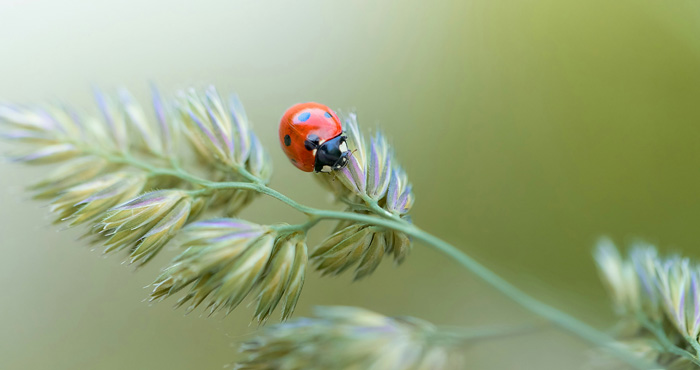
Image credits: Bruno Kelzer
Ladybugs are tiny, pretty, and beneficial, so here’s how you can make sure there’s enough of them in your garden.
Tip 1: If you find Asian beetles sneaking into your garden, get rid of them at the earliest. Once eliminated, they won’t attack ladybugs for the same food source.
Tip 2: Ladybugs might overwinter in leaf litter. Quit raking leaves constantly and destroying their winter home.
Tip 3: Grow plants that attract ladybugs and create a paradise for them. Butterfly weed (Asclepias tuberosa), parsley (Petroselinum crispum), marigold (Tagetes spp.), hibiscus (Hibiscus spp.), and tomatoes (Solanum lycopersicum) are some of their favorite plants.
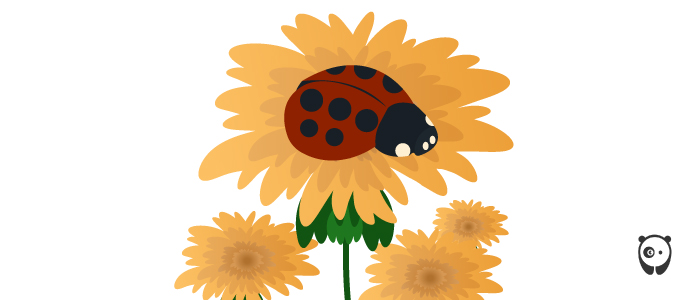
Did you know? The native ladybug species are becoming rare in North America and being replaced by non-native species. To determine why, the National Science Foundation (NSF) and Cornell University have come together to form the Lost Ladybug Project. All you have to do is take a picture if you spot a ladybug, send it to them, and help them in the insect restoration project!
Interesting. Most of these home/garden/pet ones are super obnoxious but this was actually interesting, I didn’t know there were different species.
This is an excellent article on ladybugs vs. the Asian Beetle! I refer people to this website whenever Asian Beetle ID questions come up in Facebook gardening groups.
Interesting. Most of these home/garden/pet ones are super obnoxious but this was actually interesting, I didn’t know there were different species.
This is an excellent article on ladybugs vs. the Asian Beetle! I refer people to this website whenever Asian Beetle ID questions come up in Facebook gardening groups.

 Dark Mode
Dark Mode 

 No fees, cancel anytime
No fees, cancel anytime 






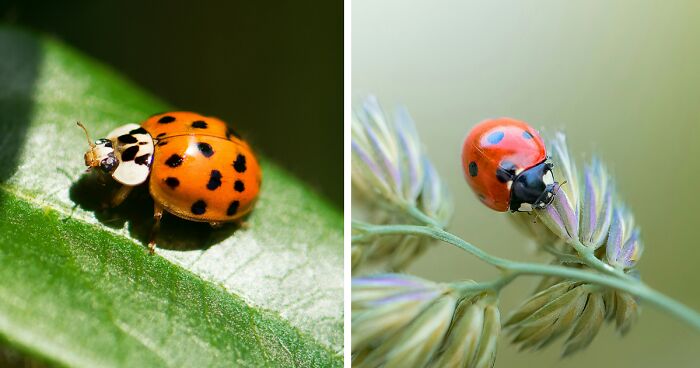
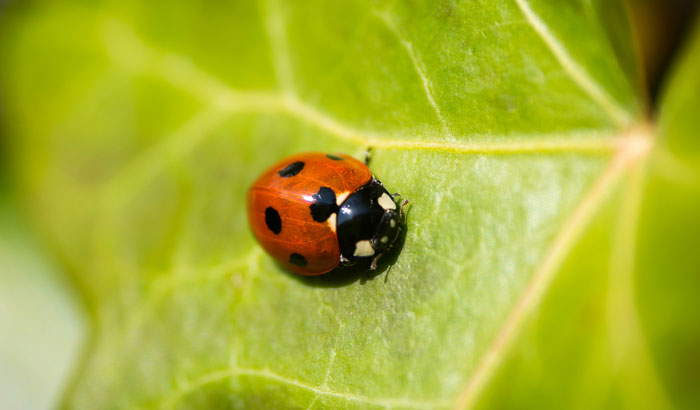
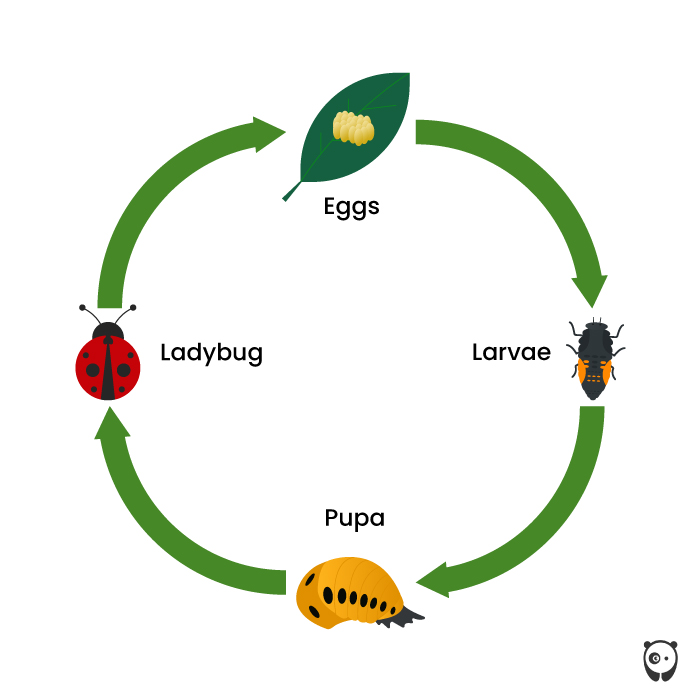
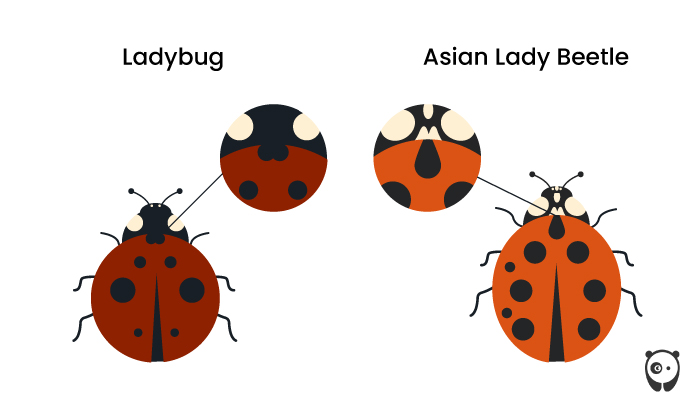
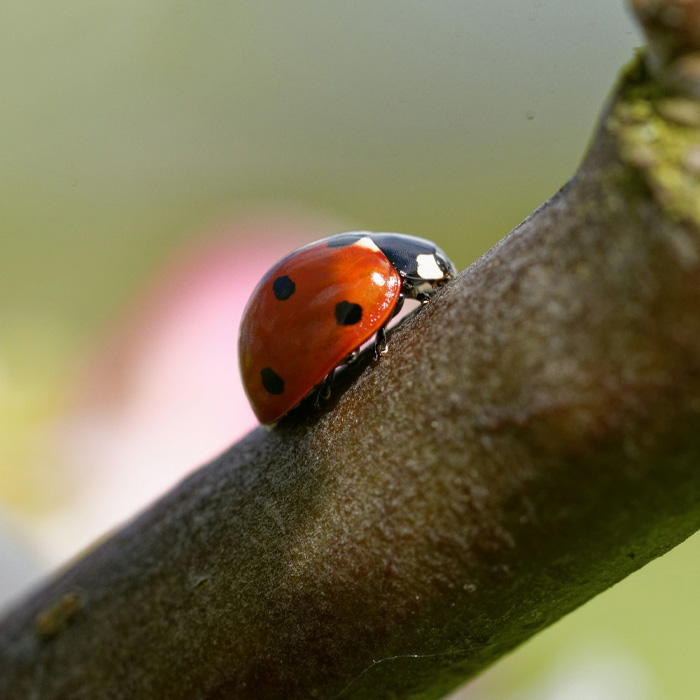
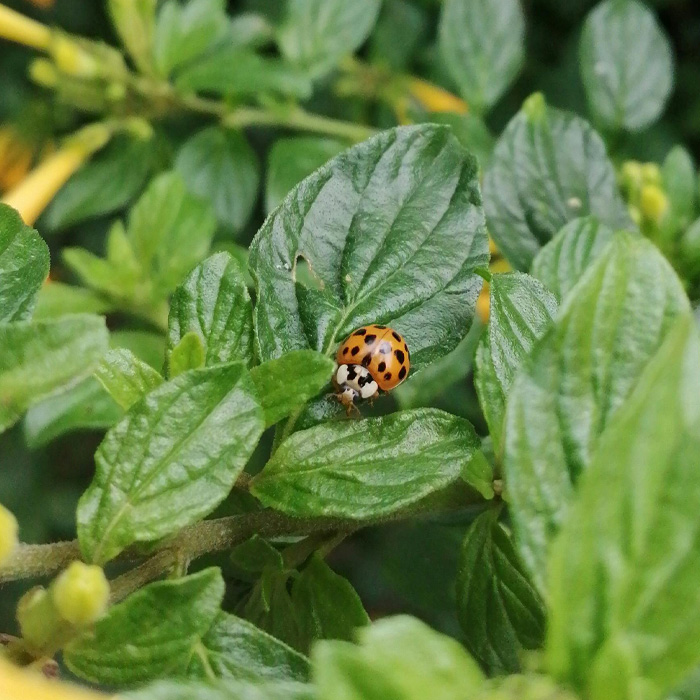
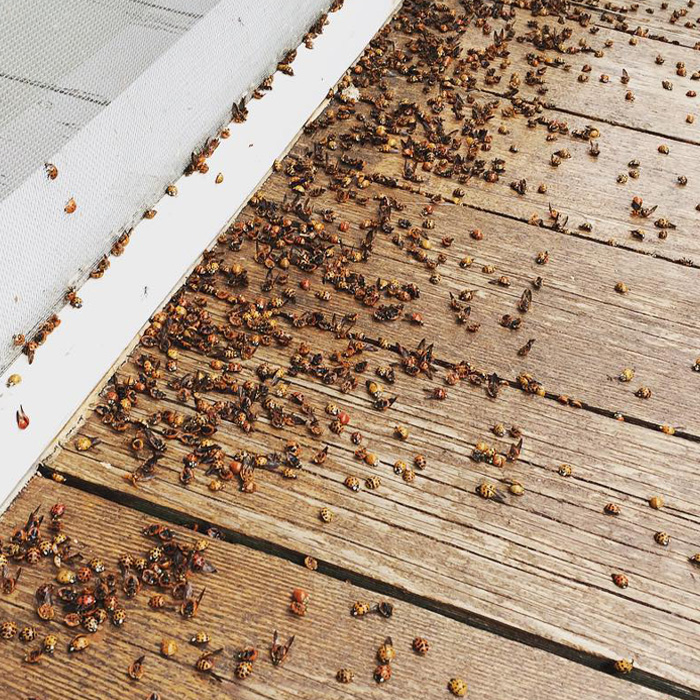




















































11
2